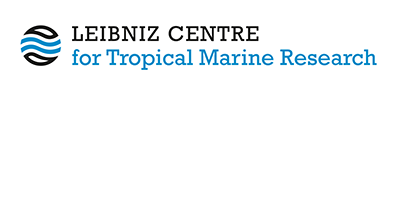25/11/2022 | Five researchers from the Leibniz Centre for Tropical Marine Research (ZMT) rank among the world's most widely cited 2% scientists according to a dataset provided by a team of researchers led by Stanford University scientist John P. A. Ioannidis.
Often informally referred to as the “Stanford List”, the dataset features Professor Raimund Bleischwitz (Scientific Director of ZMT), Professor Martin Zimmer (head of the Ecology Department and the Mangrove Ecology working group) as well as PD Dr. Tim Jennerjahn (head of the working group Ecological Biochemistry), and Professor emeritus Matthias Wolf (former head of the working group Resource Management). Professor Jan Haerter (head of the working group Complexity and Climate), is also on the list but with his former affiliation of Niels Bohr Institute in Denmark.
The publically available data covers both career-long and single year impact and is based on the bibliometric information contained in the Scopus database.
Raimund Bleischwitz, Martin Zimmer, Tim Jennerjahn, Jan Haerter and Matthias Wolff are all featured in the list of most-cited scientist in 2021, while the first two also rank in the career long impact list.
The list includes more than 160,000 scientists from across the globe in 22 scientific fields and 176 subfields providing “standardized information on citations, h-index, co-authorship adjusted hm-index, citations to papers in different authorship positions and a composite indicator (c-score)” according to Ioannidis. All scientists included in the ranking are associated with the top 2 % highest composite score (c-score) among the more than 8 million active scientists worldwide, based on SCOPUS data. The composite score (c-score) considers multiple citation indicators.
About the “Standardized Citation Metrics Author Database”
The "Standardized Citation Metrics Author Database" project is led by John Ioannidis, MD, professor of Medicine and of Epidemiology and Population Health at the Stanford University School of Medicine, and co-author Jeroen Baas, director of Research Intelligence at Elsevier. It accompanies work done in peer-reviewed papers published in PLoS Biology. The publicly available database of 100,000 top scientists provides standardized information on citations, h-index, co-authorship-adjusted hm-index, citations to papers in different authorship positions, and a composite indicator.
Links to the project "Standardized Citation Metrics Author Database"
https://elsevier.digitalcommonsdata.com/datasets/btchxktzyw/5
https://journals.plos.org/plosbiology/article?id=10.1371/journal.pbio.3000918
https://journals.plos.org/plosbiology/article?id=10.1371/journal.pbio.3000384#pbio-3000384-t001





